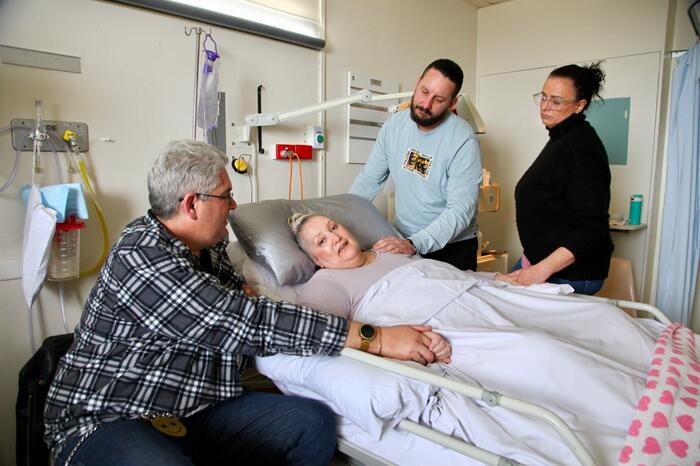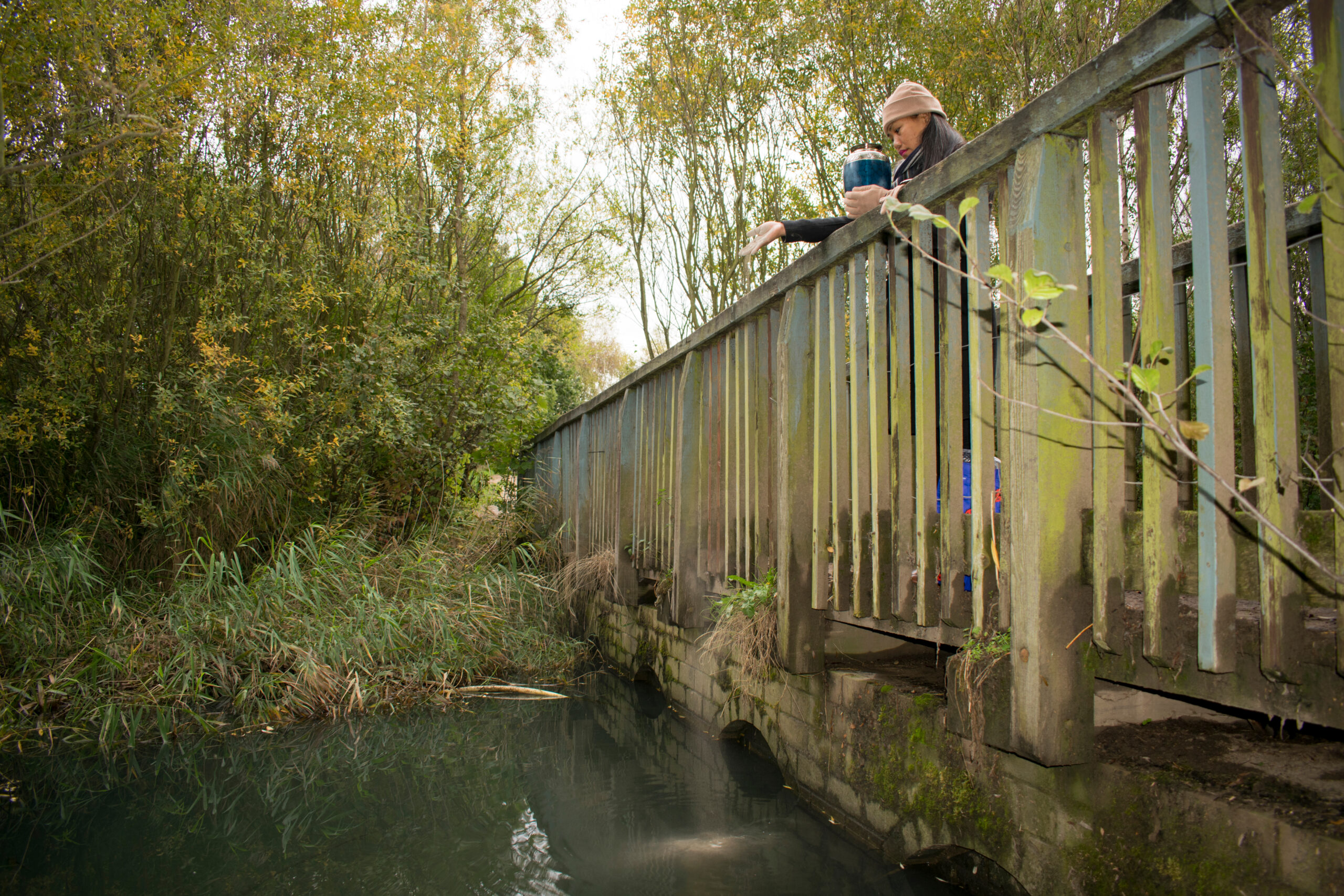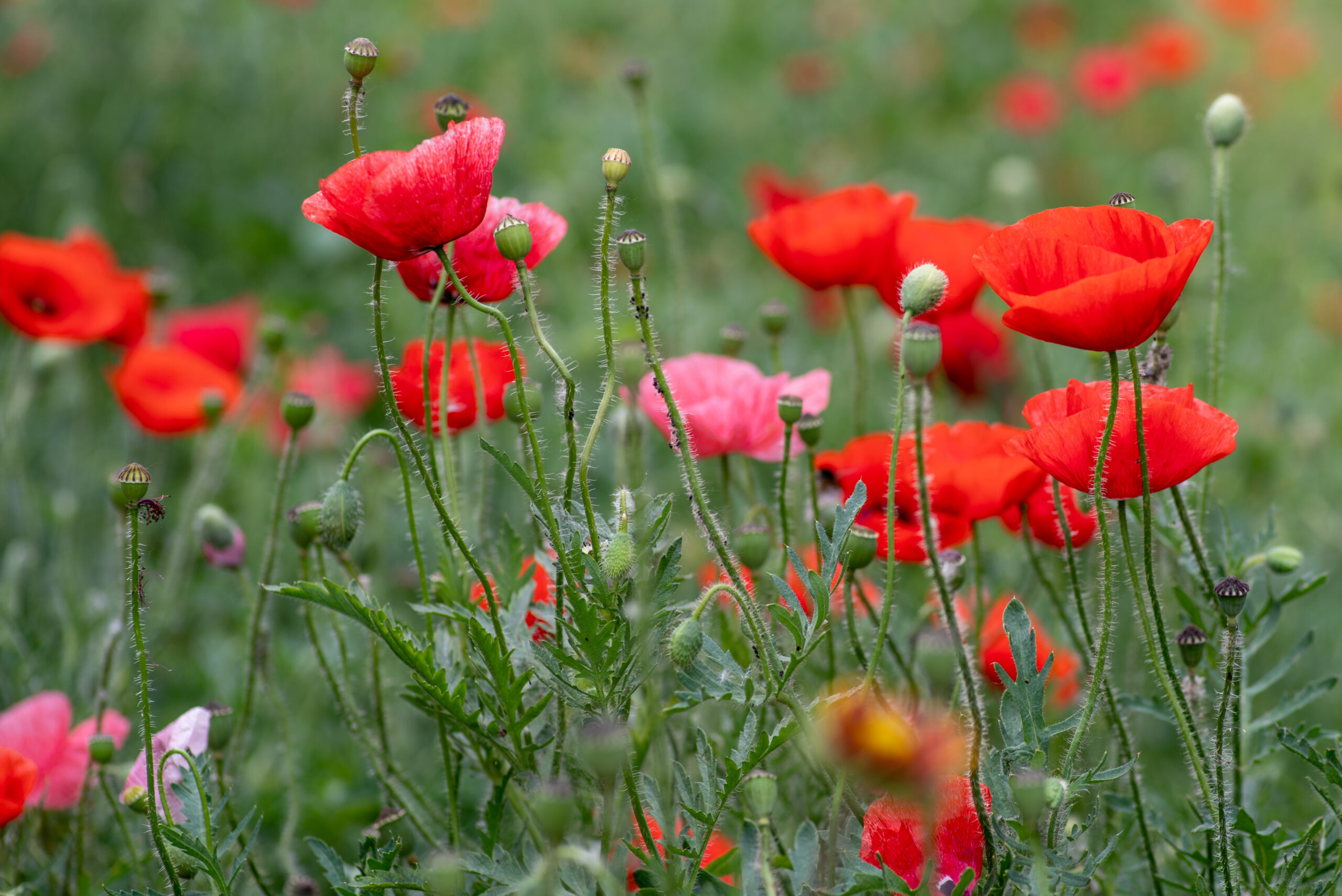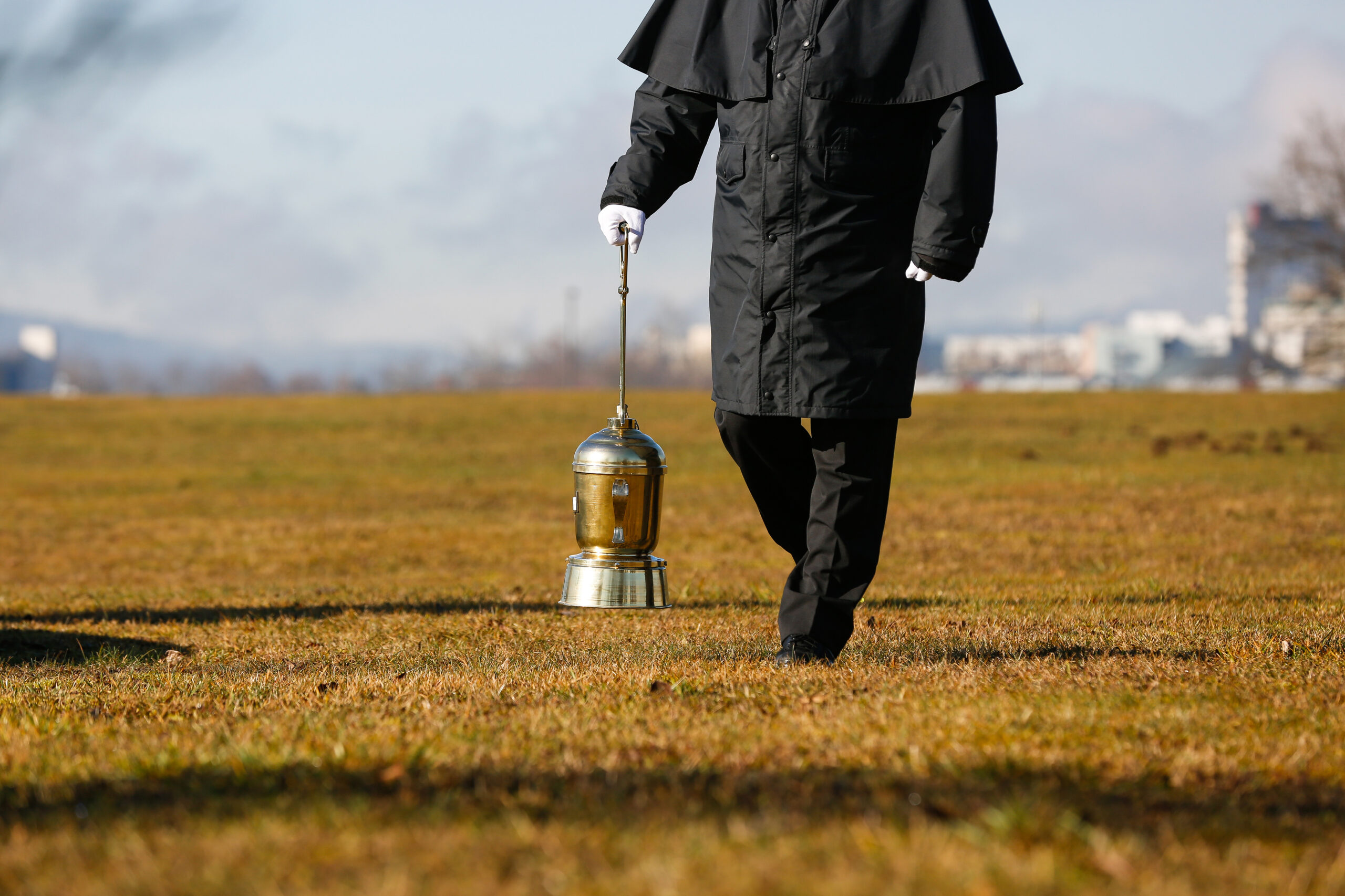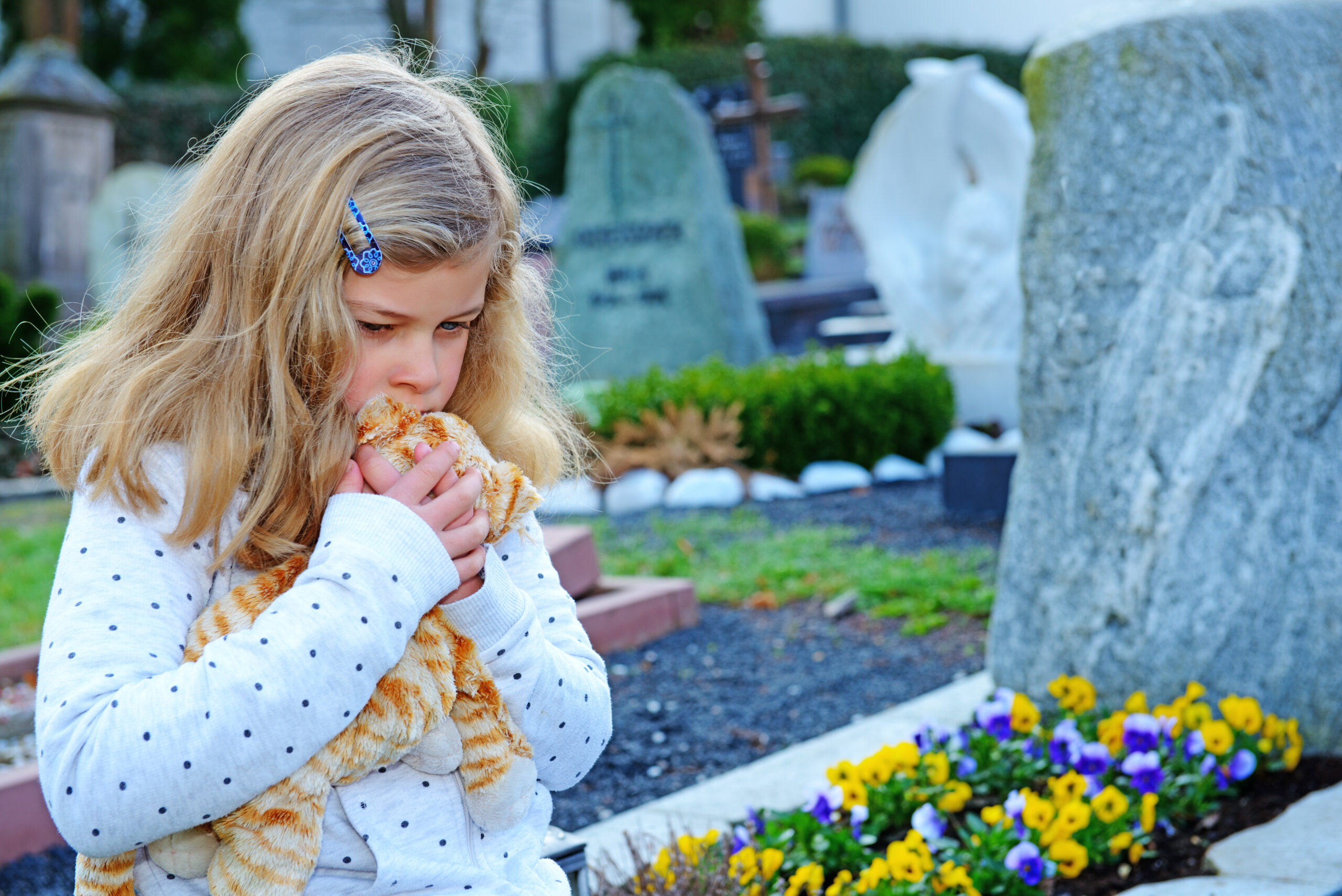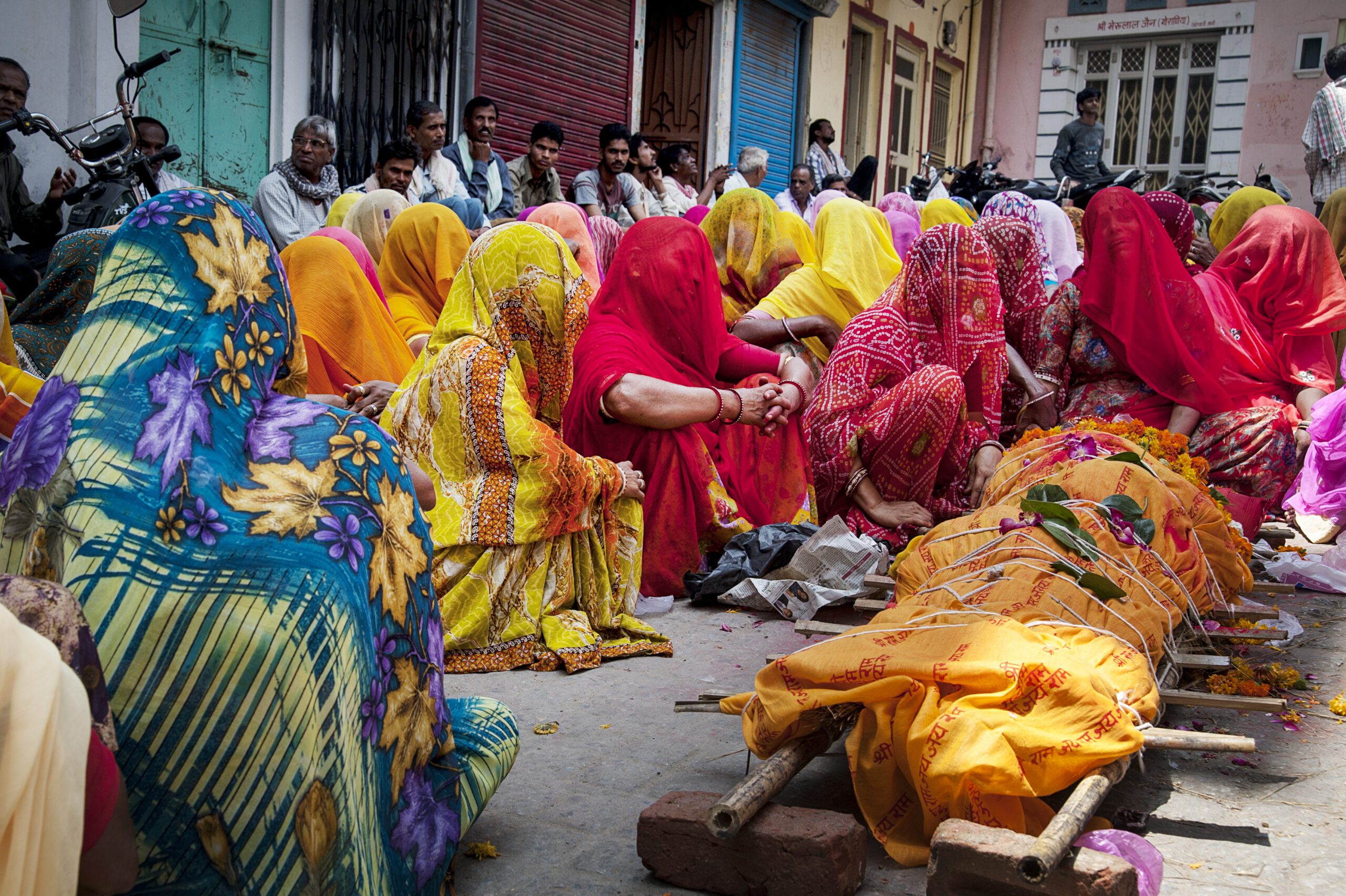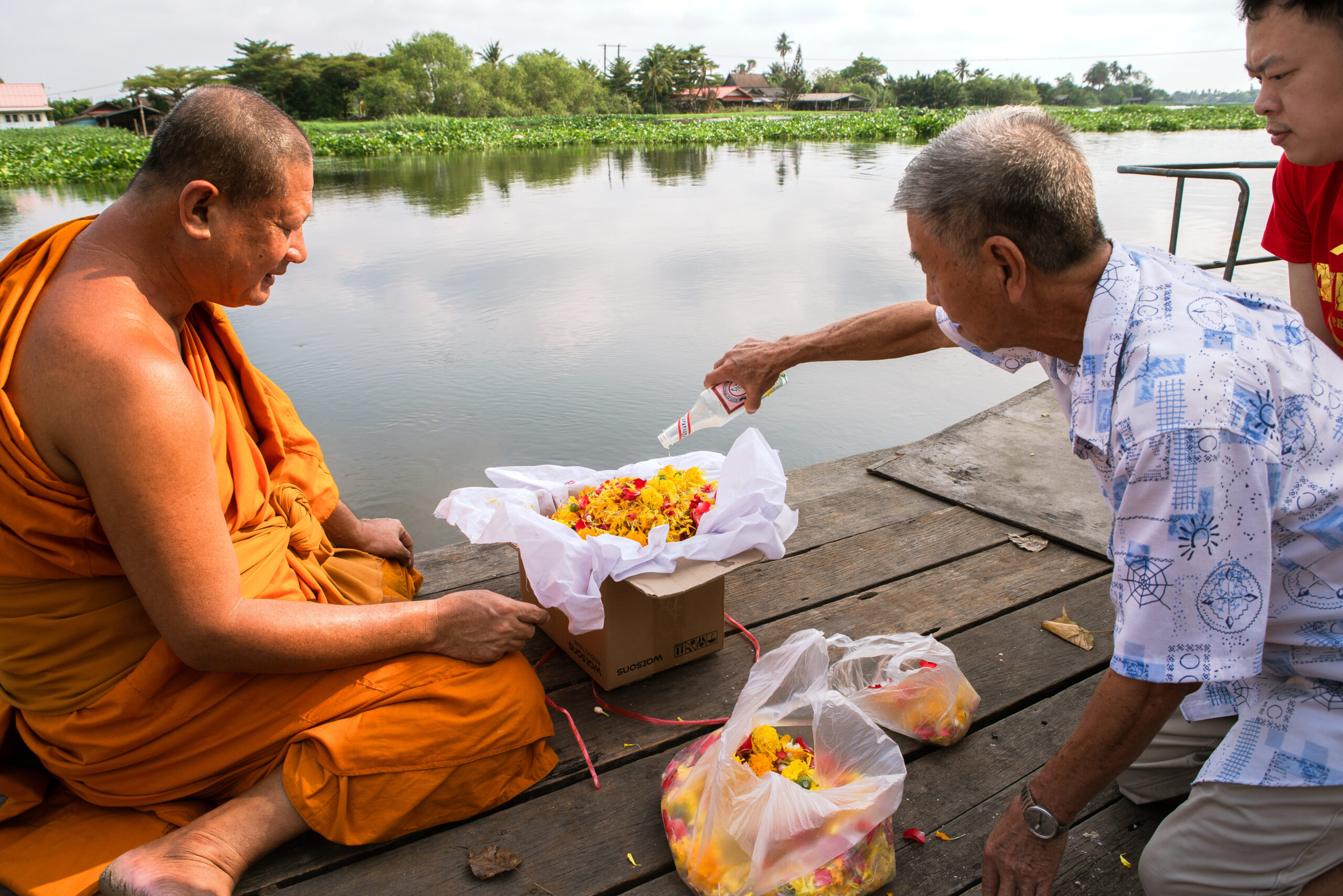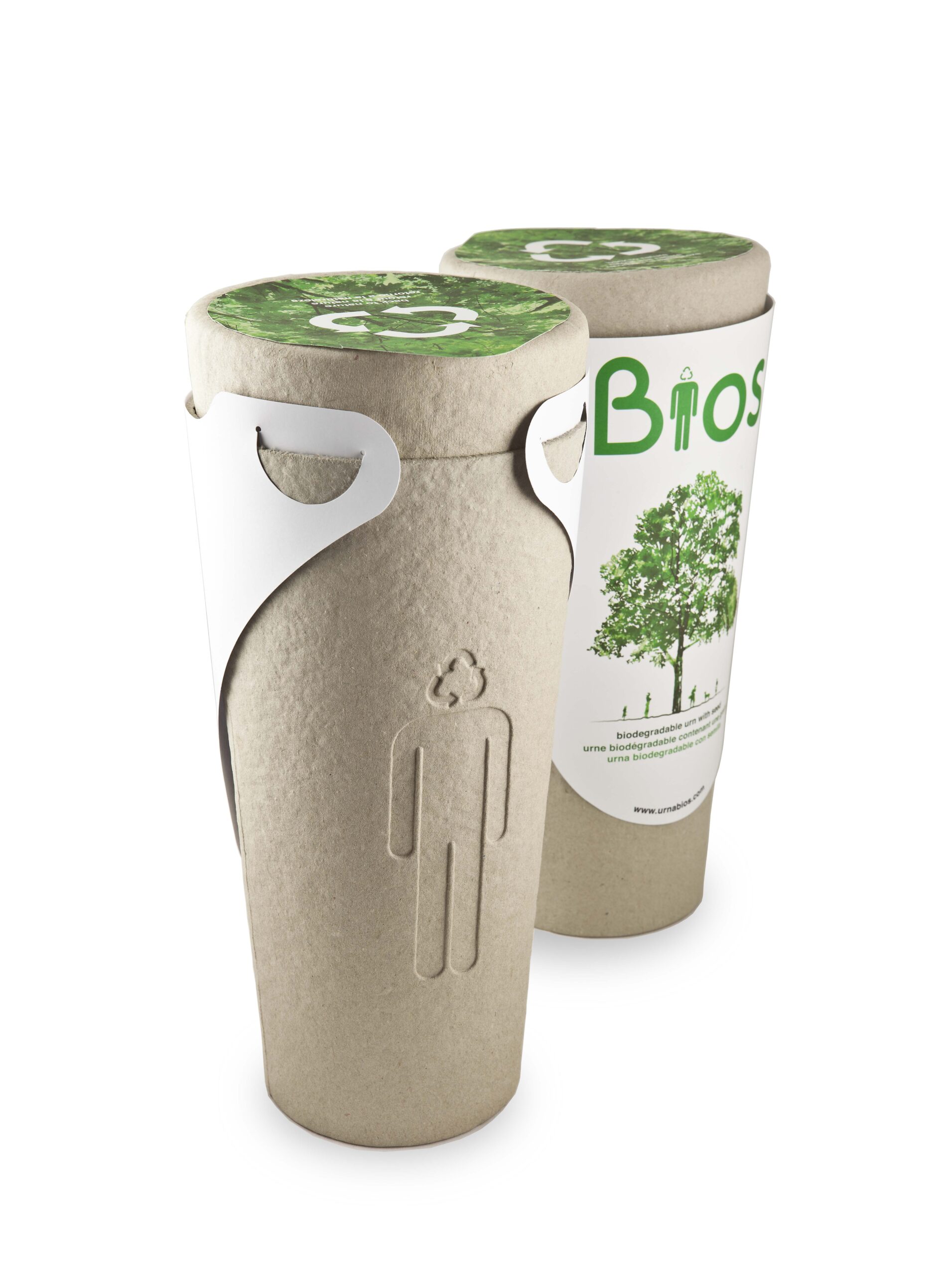Bringing and end to funeral rip-offs
Our agreements and disclosure comply with the Fair Trading (Pre-paid Funerals Code of Practice) Regulations 2020 (WA) under the Fair Trading Act 2010 (WA) and did so before the legislative implementation (since our first day of trade). We modeled our pre-paid agreements and disclosure obligations on best practice across a number of jurisdictions. The conduct mentioned in this article is exactly what we aimed to try and avoid and why we set up the business to begin with.
Aboriginal grandmother among first to use WA’s new voluntary assisted dying laws
Click here to read the full article.
Who organises the funeral and what if I don’t agree?
Typically, the executor of the deceased’s will has the responsibility to decide on funeral arrangements. The executor should consider the wishes of the deceased if practicable, however, at common law, the directions in a will as to the funeral, cremation or burial are regarded as merely declaratory.[1] Where there is no executor, the right to possession of the deceased’s body must be determined by a court, likely to be the next of kin. The executor should consult relations of the deceased when attending to funeral arrangements and discuss specifications regarding the funeral and burial of the body to avoid dispute.[2] Ultimately, it is the executor’s role to arrange the funeral and so the family’s wishes are advisory and not binding. In Smith v Tamworth City Council[3] regarding disputes about the disposal of the body, Young CJ concluded: If the executor is willing and able to arrange for the burial of…
Ready to help families
Dear Followers, I have received a number of emails and messages already asking “Is this for real?” The answer is a resounding yes… Our mission is to assist families to customise their loved one’s send off without following the typical dreary funeral process. We seek to empower families by providing advice and guidance at no-cost and providing recommendations on how best to provide their own service. In 2020 in Australia: the average cost of a direct cremation with no service was around $3,500 the average cost of a funeral was around $8,000. the average cost of a premium funeral started at around $15,000. Our first aim is to show families that there can be massive cost savings by controlling the process themselves. It seems obscene to spend thousands of dollars on wooden caskets that are ultimately burned in a matter of days. It is equally wasteful to pay a markup…
Creating a memorial garden
‘Creating a garden can bring joy and it can be a garden of remembrance. It can be planted with flowers that symbolically connect to the person who has died. Some that might be included are: snowdrops*, the first flowers of spring that represent beginnings after a period of bleak darkness; pansies, whose name comes from the French ‘pensée’, thought;forget-me-nots and rosemary for remembrance. There is a healing power in the natural world, as Richard Mabey (2006) reveals in Nature Cure, and being in natural surroundings as well as planting and tending can bring both emotional and physical benefits. The bereaved can make a living shrine, for example by planting a wood or building a dedicated feature in a garden.’ Mallon Brenda, Dying Death and Grief: Working with adult bereavement (1ed, 2008) SAGE Publications Ltd *Note: Snowdrops need a cold winter to grow well so they are only suited to the…
The role of the funeral director
‘Rabbi Earl Grollman (1972) described the role of the funeral director as that of a caretaker, care giver, and gatekeeper. He indicated that the etymology of the word undertaker is based on the activities of the early undertaker who “undertook,” to do for people at the time of death those things that were crucial in meeting their bereavement needs. The funeral director, from the perspective of the community, was viewed as a secular gatekeeper between the living and the dead. John Brantner (1973), elaborating on the caregiver role, emphasized [sic], that the funeral director is a crisis intervener. This idea can be documented in the vast amount of literature on the counselling role of crisis interveners, who are not clinical practitioners by training but to whom the public turns in crisis. The funeral director serves families by determining their needs and responding to them (Raether & Slater, 1974)…The funeral director…
Children’s involvement in mourning practices
‘Shared mourning practices are as important to children as they are to adults. Children facing the death of a parent can benefit greatly from adult preparation and support in anticipation of the impending loss (Siegal et al., 1990; Christ, 2000). After the loss, they need concrete evidence to accept that their loved one is physically absent and reminders to help them retain memories of that person (Silverman et, al., 1992). Althought some cultures segregate children from certain preparatory and mourning practices, others encourage their participation and may even make special provision for them. The issue of funeral attendance has been of particular concerns in countries that shield children form death. Research evidence suggests that usually children benefit form such participation because it helps them realize the actual reality and to engage in grieving with others…’ Colin Parkes, Pittu Laungani and Bill Young, Death and Bereavement Across Cultures (2ed, 2015) Routledge…
Hindu and Sikh funerals
‘Such is the close affinity between Hinduism and Sikhism that many Hindu families engage Sikh priests, instead of Hindu persists for the entire duration of the ceremony. The Sikh priests read from their holy text, the Granth Sahib, recite poems from Hindu religious texts, preach sermons from the Puranas, sing a varitey of devotional songs of Kabir, Mirabai, Surdas, and even of the well known Muslim sufis such as Shaikh Nizam ud-din Auliya of the famous Christi order of the sufis, which still continues to exercise a strong hold in parts of North India.’ Hindu funerals in Britain, and by extension in Australia, ‘…look rather like a Christian Funeral. On the day of the funeral, the undertakes – unsuitably dressed in black, in sharp contrast with the bereaved who are all dressed in white – bring the body into the crematorium in a closed coffin…Hindus carry their dead in a…
Buddhism and Cremation
‘Buddhists refer to death as ‘blissful rest,’ and after death the body is left undisturbed for as long as possible so that the mind can separate from the body. The body is then wrapped in plain cloth with no decoration or emblems. Buddhists believe that viewing the dead body is an important reminder of the impermanence of life. The funeral usually takes place three to seven days after the death and cremation is preferred to burial.’ Mallon Brenda, Dying Death and Grief: Working with adult bereavement (1ed, 2008) SAGE Publications Ltd
Bios Urns
Bios Urn is a company driven by Gerard and Roger Moliné, two brothers that believes design, in conjunction with nature, has the ability to change the world. Supported by more than 15 years of natural projects, Bios offers a smart, sustainable and eco-friendly solution to approach an inevitable phase of human life. The intent of Bios Urn is to offer individuals an alternative for remembering deceased persons and pets in a natural, sustainable fashion, thereby turning the process of death into regeneration and a return to life through nature. The company’s objective is none other than to offer an economic, ecological and sustainable product that falls in line with our own philosophy. To read more about planting and interment click here


